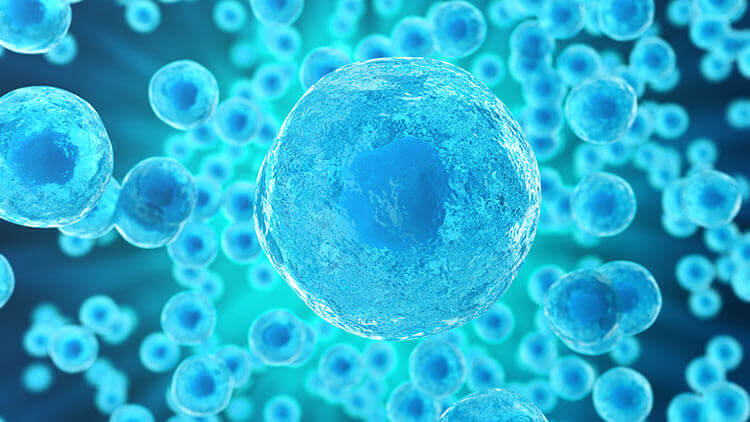
Free radicals destabilize cells and can damage body tissue. Learn how to reduce free radicals in the body with antioxidants.
How Free Radicals Work
A free radical is any substance that seeks to take electrons away from another substance. When enough electrons are lost without prompt replacement, this process of oxidation eventually results in cellular, and ultimately tissue, damage. Although a very limited amount of oxidation is a necessary and normal part of cellular metabolism, an excess of oxidation is damaging, can make you vulnerable, and accelerates aging.
Virtually every substance that enters the body through respiration, absorption, or ingestion will ultimately be broken down, or digested, into components that are either antioxidant or pro oxidant (aka free radicals). Except for the very rare completely chemically inert substance, everything entering the body will ultimately give or take away electrons at the cellular and sub-cellular level.
How to reduce free radicals with antioxidants
An antioxidant is any substance that inhibits or prevents oxidative damage by supplying electrons back to the substance that was oxidized (repair) or by supplying electrons directly to the oxidant substance before it has the opportunity to take or deplete electrons from the target substance (prevention).
An antioxidant reduces free radicals by neutralizing them with an infusion of electrons. When antioxidants cannot be supplied promptly and in a high enough quantity, oxidative damage will invariably result in electron-depleted cells and tissues, eventually causing health problems. Conversely, when there is an adequate supply of antioxidants while oxidation is occurring, electrons can be supplied back quickly enough and in a sufficient amount so that no significant damage will result. The cells of the body utilize electrons as their fuel.
Antioxidants, in tandem with their oxidized counterparts, can be considered the transport mechanism for allowing adequate access and delivery of this electron “fuel” to all of the different cellular and sub-cellular sites in the body.
Reduce free radicals in the body by maximizing antioxidant intake through food and supplements, nurturing the naturally occurring antioxidants in the body (like glutathione), and minimizing exposure to free radicals.

